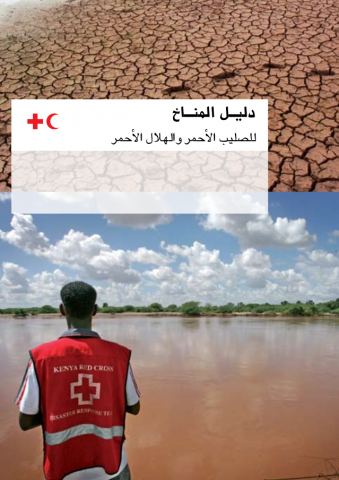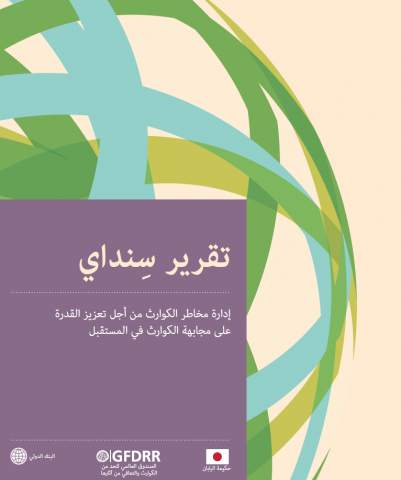IFRC Vulnerability and Capacity Assessment Training Review
Vulnerability and capacity assessment (VCA) is a key element of the International Federation of Red Cross and Red Societies’ (International Federation) disaster management systems. With support from the United Kingdom’s Department for International Development (DFID) and the European Commission’s Directorate General for Humanitarian Assistance (ECHO), the VCA methodology was updated over 2006 and early 2007 and several National Societies […]
IFRC Vulnerability and Capacity Assessment Training Review Read More »


